About this infection
XiaoBa ransomware virus is a file-encrypting type of malware, seems to have been created by cyber criminals from China. Ransomware is one of the most dangerous pieces of malware out there, and there are thousands of different kinds. Some more elaborate than others but they all pose a threat to your computer and data, albeit on different levels.
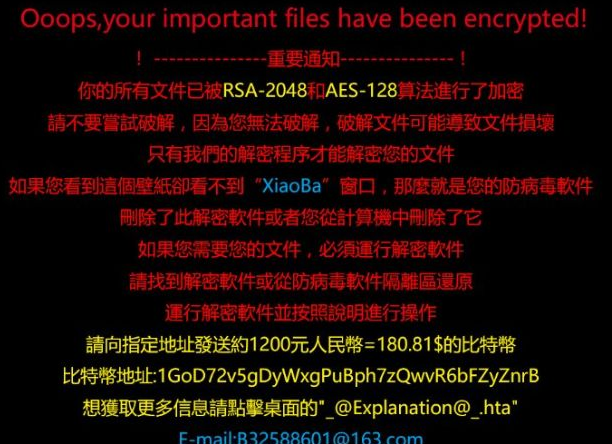
This particular ransomware is nothing special in regards to its characteristics, but it does encrypt files. It can enter your computer via malicious emails, fake updates and infected adverts. These are one of the most common ransomware spread methods. Once file encryption is complete, the ransomware will display a message in Chinese, and it will inform you that you need to pay a ransom to get files back. Paying anything to cyber crooks is not recommended. And instead, we suggest you delete XiaoBa ransomware virus.
How to avoid ransomware?
If you want this to be your last time with ransomware, be more careful about how you browse the Internet. Ransomware is often added to emails as an attachment, and if you were to open it, you would end up allowing it to enter. The email is made to look somewhat legitimate but it will usually end up in the Spam folder. They are there for a reason so it’s best you don’t venture there. In general, avoid opening email attachments from senders you are not familiar with. You should also only download updates/programs from legitimate sites. Never from ads/banners or questionable sites. Pressing on ads when on questionable sites could also bring about a ransomware infection.
What does ransomware do?
As soon as it manages to enter your computer, this ransomware will use complex encryption algorithms to encrypt your files. .xiaoba1 or .xiaoba34 file extensions will be added to all affected files. Once the files are encrypted, a ransom note will be dropped. It will be in Chinese so if you don’t speak the language, it won’t be much help. It asks that you pay 1200 yuan (around $180 or €150) for file decryption. Compared to what other ransomware ask, it’s not a big sum of money. However, paying is still not suggested. For one, there is no guarantee that you will get files back. You are dealing with cyber criminals who couldn’t care less whether you get your files back or not. They might just take your money. Second, by paying the ransom, you are likely supporting their future projects, ones you might become victim of again. A better idea would be to invest the money into reliable backup so that if this were to happen again, you could just remove XiaoBa ransomware virus and then recover files. If you do have backup, first make sure you delete XiaoBa ransomware virus and only then recover files.
XiaoBa ransomware virus removal
To remove XiaoBa ransomware virus, obtain anti-malware software. Do not attempt manual XiaoBa ransomware virus removal if you are inexperienced as you may end up doing more damage than good.
Offers
Download Removal Toolto scan for XiaoBa ransomware virusUse our recommended removal tool to scan for XiaoBa ransomware virus. Trial version of provides detection of computer threats like XiaoBa ransomware virus and assists in its removal for FREE. You can delete detected registry entries, files and processes yourself or purchase a full version.
More information about SpyWarrior and Uninstall Instructions. Please review SpyWarrior EULA and Privacy Policy. SpyWarrior scanner is free. If it detects a malware, purchase its full version to remove it.

WiperSoft Review Details WiperSoft (www.wipersoft.com) is a security tool that provides real-time security from potential threats. Nowadays, many users tend to download free software from the Intern ...
Download|more


Is MacKeeper a virus? MacKeeper is not a virus, nor is it a scam. While there are various opinions about the program on the Internet, a lot of the people who so notoriously hate the program have neve ...
Download|more


While the creators of MalwareBytes anti-malware have not been in this business for long time, they make up for it with their enthusiastic approach. Statistic from such websites like CNET shows that th ...
Download|more
Quick Menu
Step 1. Delete XiaoBa ransomware virus using Safe Mode with Networking.
Remove XiaoBa ransomware virus from Windows 7/Windows Vista/Windows XP
- Click on Start and select Shutdown.
- Choose Restart and click OK.

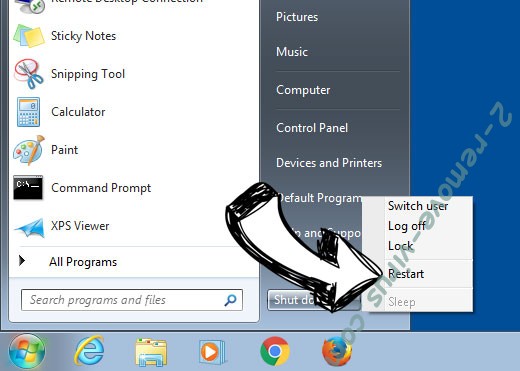
- Start tapping F8 when your PC starts loading.
- Under Advanced Boot Options, choose Safe Mode with Networking.

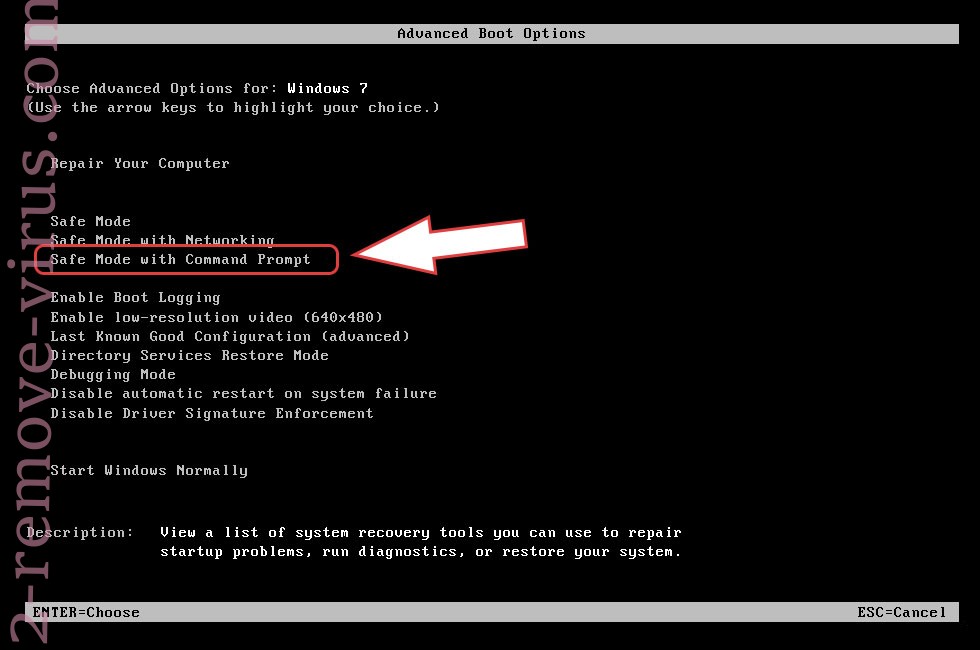
- Open your browser and download the anti-malware utility.
- Use the utility to remove XiaoBa ransomware virus
Remove XiaoBa ransomware virus from Windows 8/Windows 10
- On the Windows login screen, press the Power button.
- Tap and hold Shift and select Restart.


- Go to Troubleshoot → Advanced options → Start Settings.
- Choose Enable Safe Mode or Safe Mode with Networking under Startup Settings.


- Click Restart.
- Open your web browser and download the malware remover.
- Use the software to delete XiaoBa ransomware virus
Step 2. Restore Your Files using System Restore
Delete XiaoBa ransomware virus from Windows 7/Windows Vista/Windows XP
- Click Start and choose Shutdown.
- Select Restart and OK


- When your PC starts loading, press F8 repeatedly to open Advanced Boot Options
- Choose Command Prompt from the list.

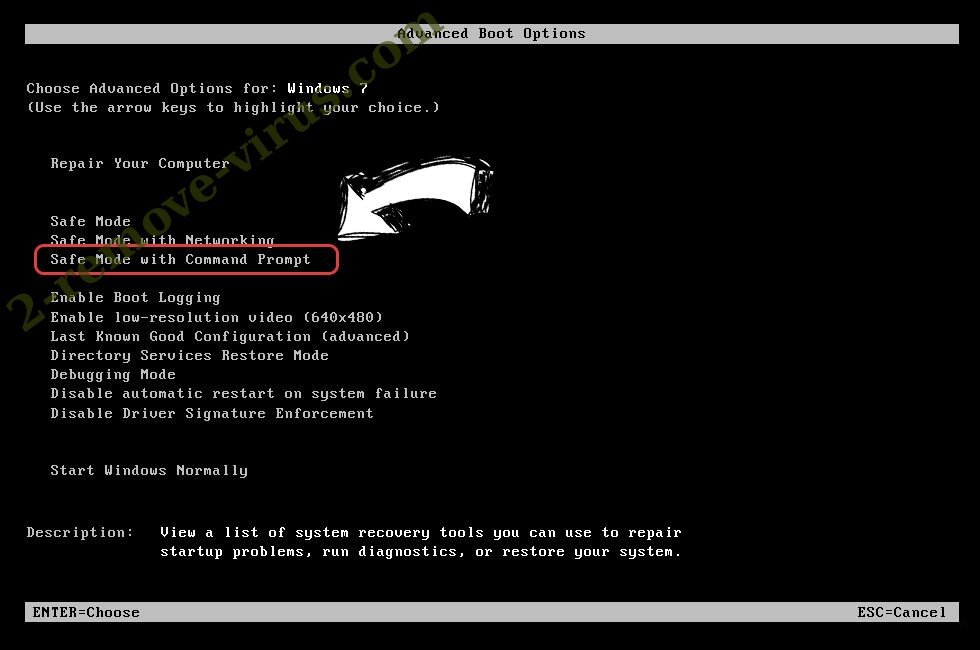
- Type in cd restore and tap Enter.

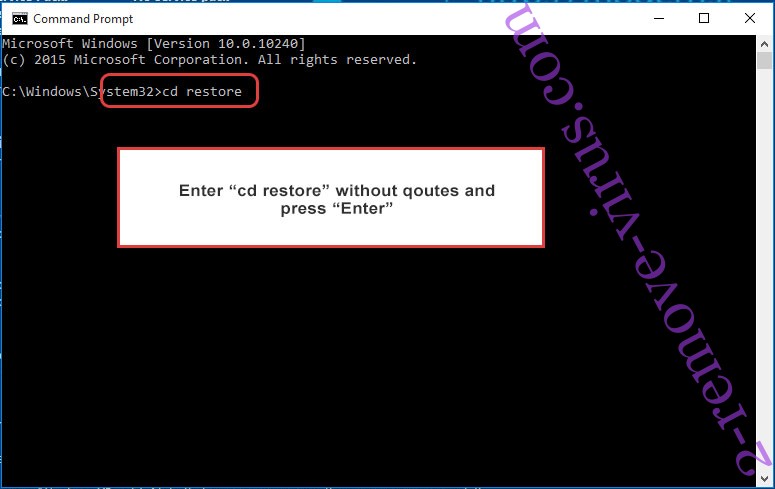
- Type in rstrui.exe and press Enter.

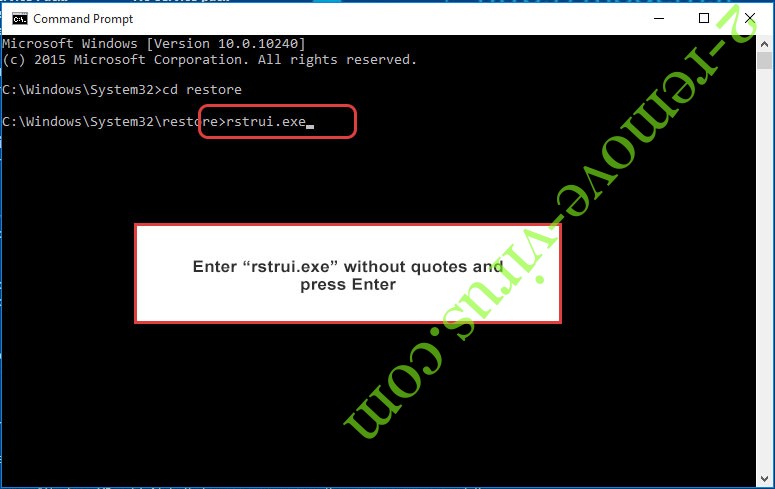
- Click Next in the new window and select the restore point prior to the infection.

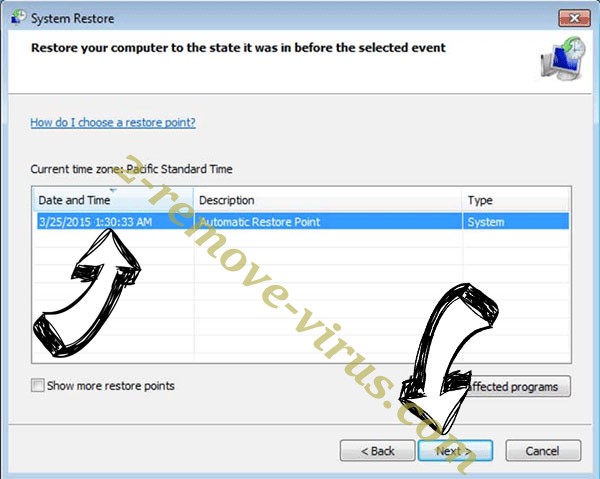
- Click Next again and click Yes to begin the system restore.

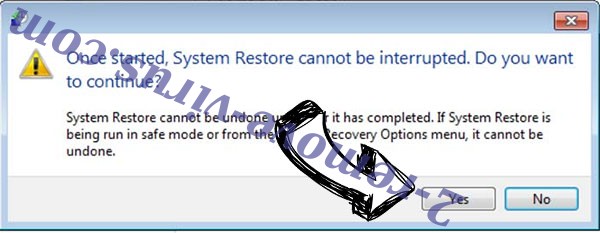
Delete XiaoBa ransomware virus from Windows 8/Windows 10
- Click the Power button on the Windows login screen.
- Press and hold Shift and click Restart.


- Choose Troubleshoot and go to Advanced options.
- Select Command Prompt and click Restart.

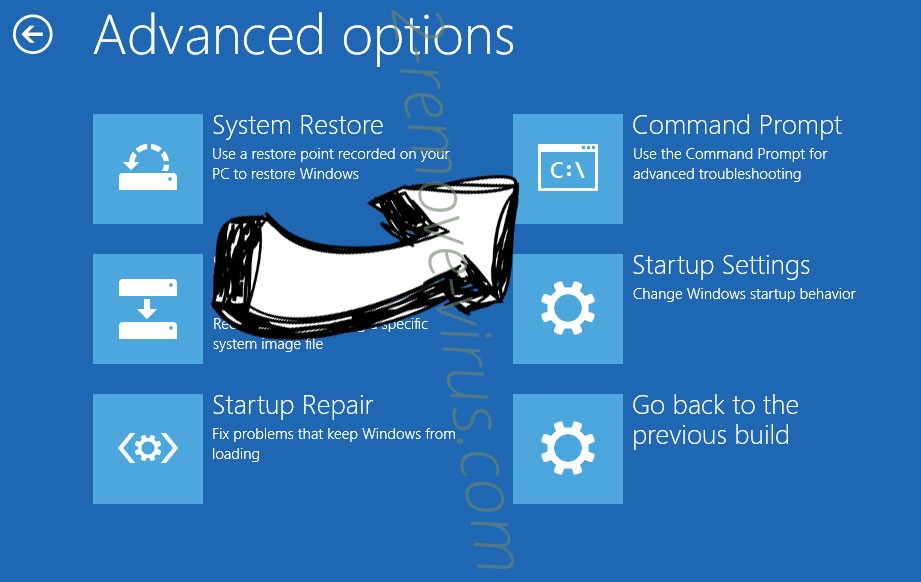
- In Command Prompt, input cd restore and tap Enter.


- Type in rstrui.exe and tap Enter again.


- Click Next in the new System Restore window.

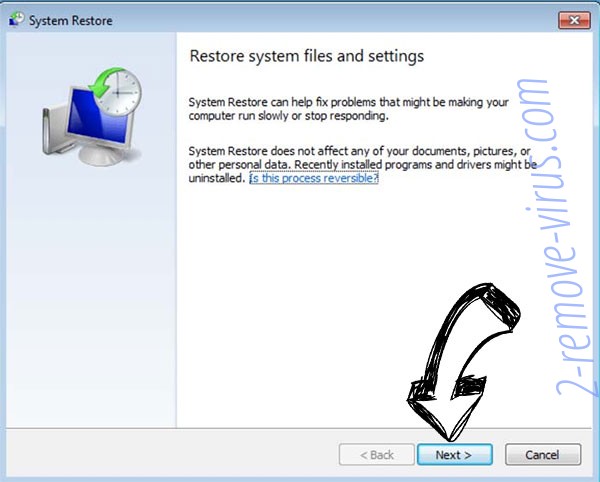
- Choose the restore point prior to the infection.


- Click Next and then click Yes to restore your system.


Site Disclaimer
2-remove-virus.com is not sponsored, owned, affiliated, or linked to malware developers or distributors that are referenced in this article. The article does not promote or endorse any type of malware. We aim at providing useful information that will help computer users to detect and eliminate the unwanted malicious programs from their computers. This can be done manually by following the instructions presented in the article or automatically by implementing the suggested anti-malware tools.
The article is only meant to be used for educational purposes. If you follow the instructions given in the article, you agree to be contracted by the disclaimer. We do not guarantee that the artcile will present you with a solution that removes the malign threats completely. Malware changes constantly, which is why, in some cases, it may be difficult to clean the computer fully by using only the manual removal instructions.
